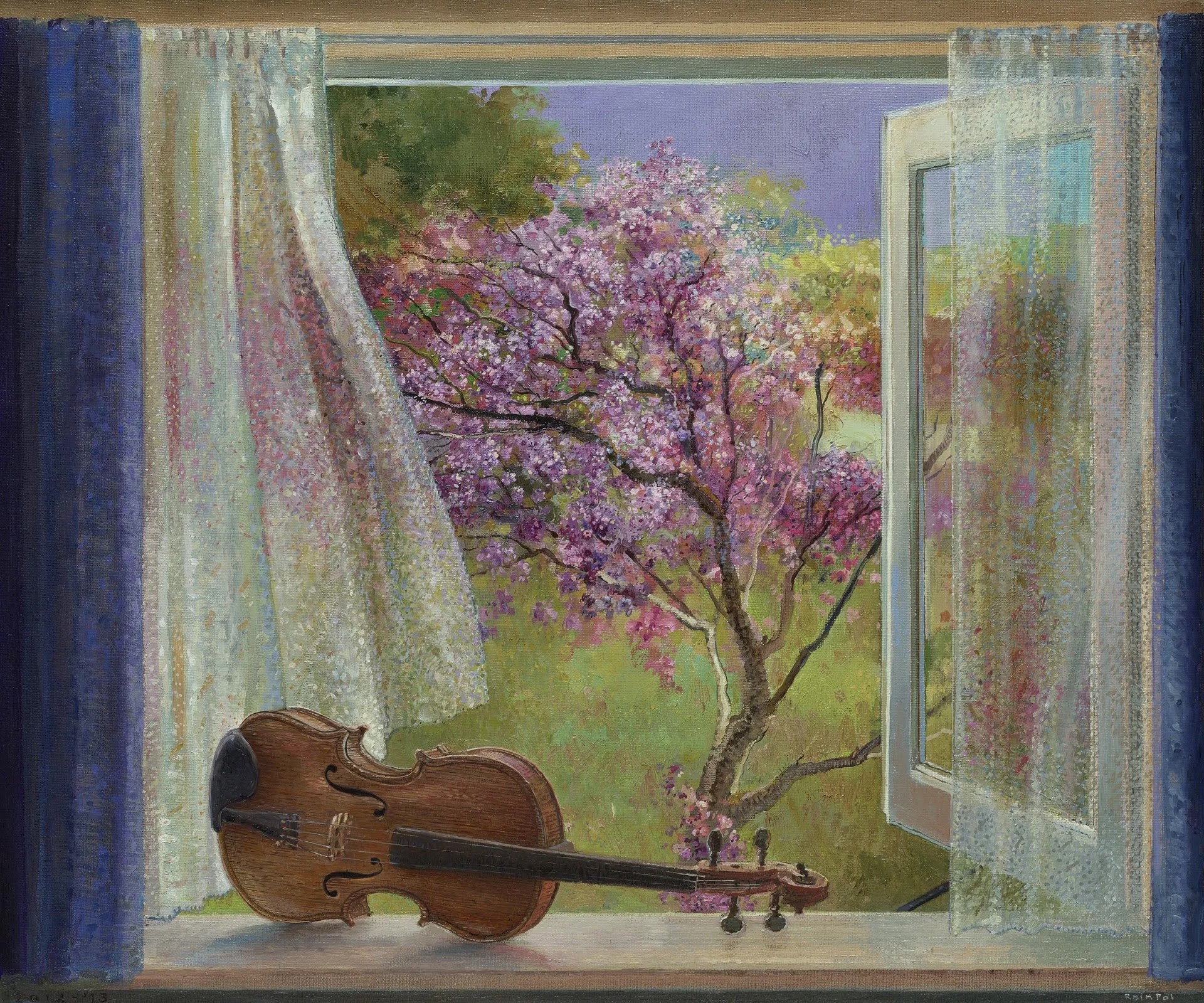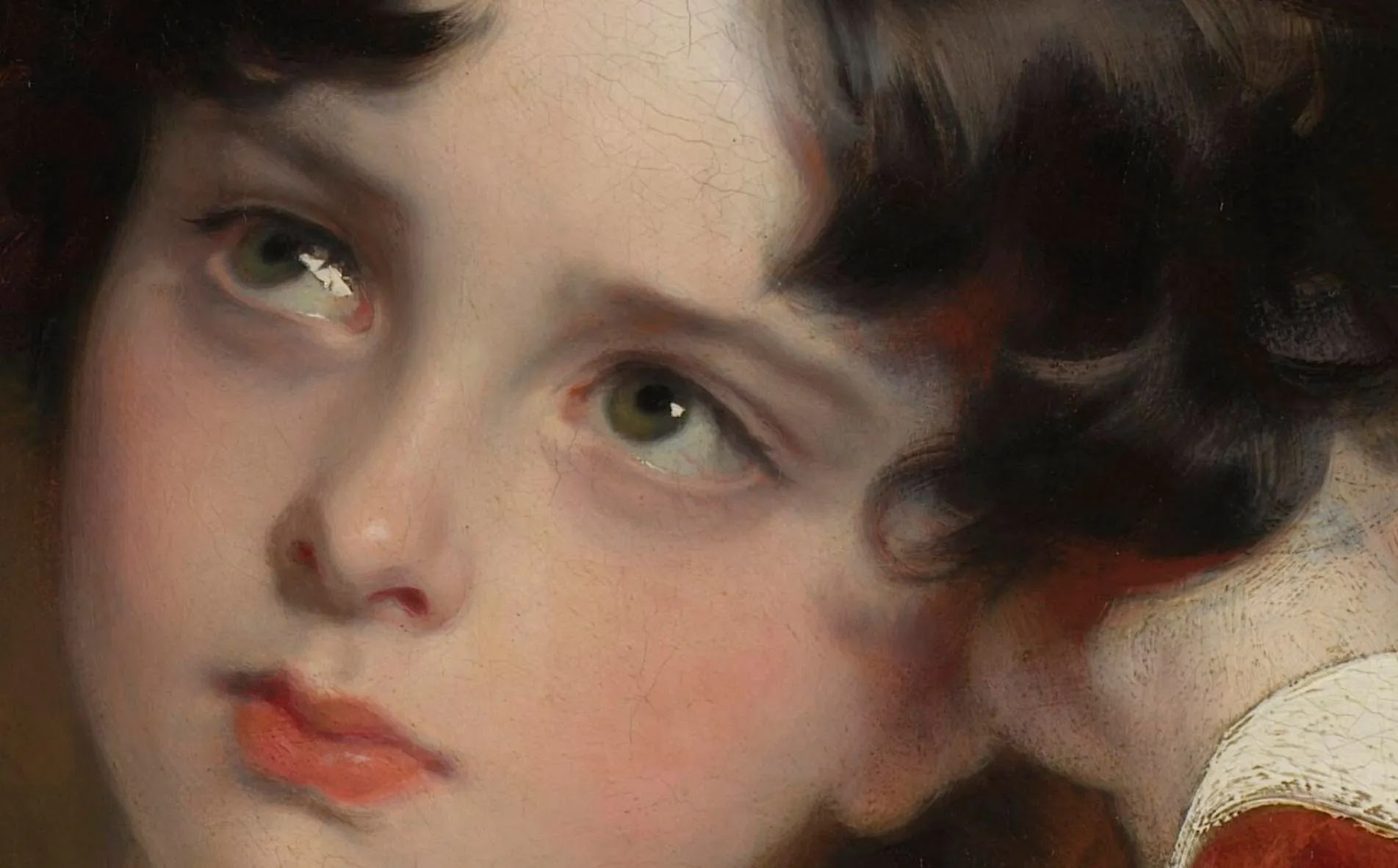Georg Janny was an Austrian landscape painter and set designer.
He worked as a scene painter in the studios of Carlo Brioschi and Johann Kautsky, alongside Alfons Mucha, and was a member of the Dürerbund.
In 1898, he participated in painting the "Eisernen Vorhang" (Iron Curtain) at the Vienna Volksoper for the 50th jubilee of Emperor Franz Joseph I.
In 1904, he exhibited in the Austrian Pavilion at the St.Louis World's Fair with scenes from the Imperial Royal Austrian State Railways (now at the Technisches Museum Wien).








